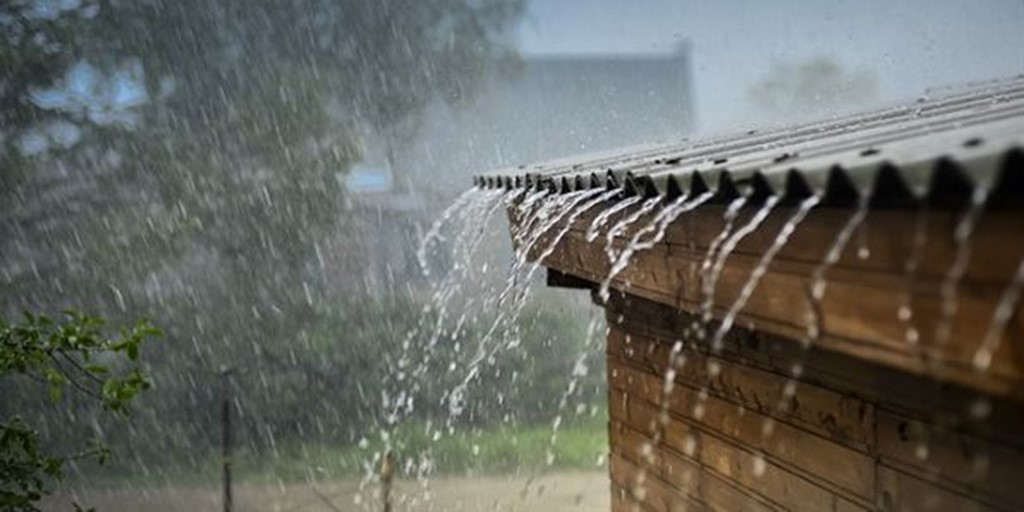hidden
hidden
Blog

PROTECT HOME LANDSCAPE FROM HEAVY RAIN
PROTECT HOME LANDSCAPE FROM HEAVY RAIN
You can make simple changes and choices in your home to help protect and conserve water, save energy, and reduce your impact on the environment. Check out the checklists and videos below for information on how you can help protect and conserve groundwater in your home.
1. Plant for a deluge
Any time you have water running across a landscape, erosion is a potential concern. One of the best ways to prevent erosion is to establish an extensive network of plant roots to keep soil in place. While grass establishes a root base across the entire breadth of your yard, shrubs and trees hold the big picture together. Rain gardens, or shallow depressions, can also help keep the rain draining, instead of collecting, so it doesn’t become a mosquito breeding ground.
2. Working with slanted landscapes
Decreasing the grade of slanting landscapes can help decrease erosion. Lawns or gardens that tilt sharply in one direction will add momentum to the flow of exiting water, increasing its power to carry away soil and plants.
Another option is leveling uneven areas of your property. Depressions in your yard can collect rain faster than the ground can absorb it, drowning more water-sensitive plants.
3. Reduce impermeable surfaces
The next time it rains, go outside and trace the water flowing around your property along ditches and gutters back to the points where it leaves your yard. Chances are, it’s cascading off of a solid surface, like a roof or driveway, which prevents rain from soaking into the ground. Those barriers, also called impermeable surfaces, are a major cause of storm water runoff, particularly in urban areas.
4. Redirect the flow of water
Managing the flow of water is not always so easy. If your landscape or lawn is sloped, consider building up earthen barriers called berns, or excavating swales, or gradual depressions, to slow and redirect the flow of water from your land.
5. Catching rain
Many homes use drain spouts attached to the gutters on your roof to catch rain and move it away. However, if the spout opens over a paved surface, like a walkway or driveway, you can almost kiss that water goodbye. It’s likely to flow down that impermeable surface and right off your property. A property’s landscape is the first potential selling point to many prospects. And trees, bushes and shrubs that are drowning could detract from the overall appearance of the property. Nimmadhi property Management can maintain your property as well as find a perfect tenant for your hom